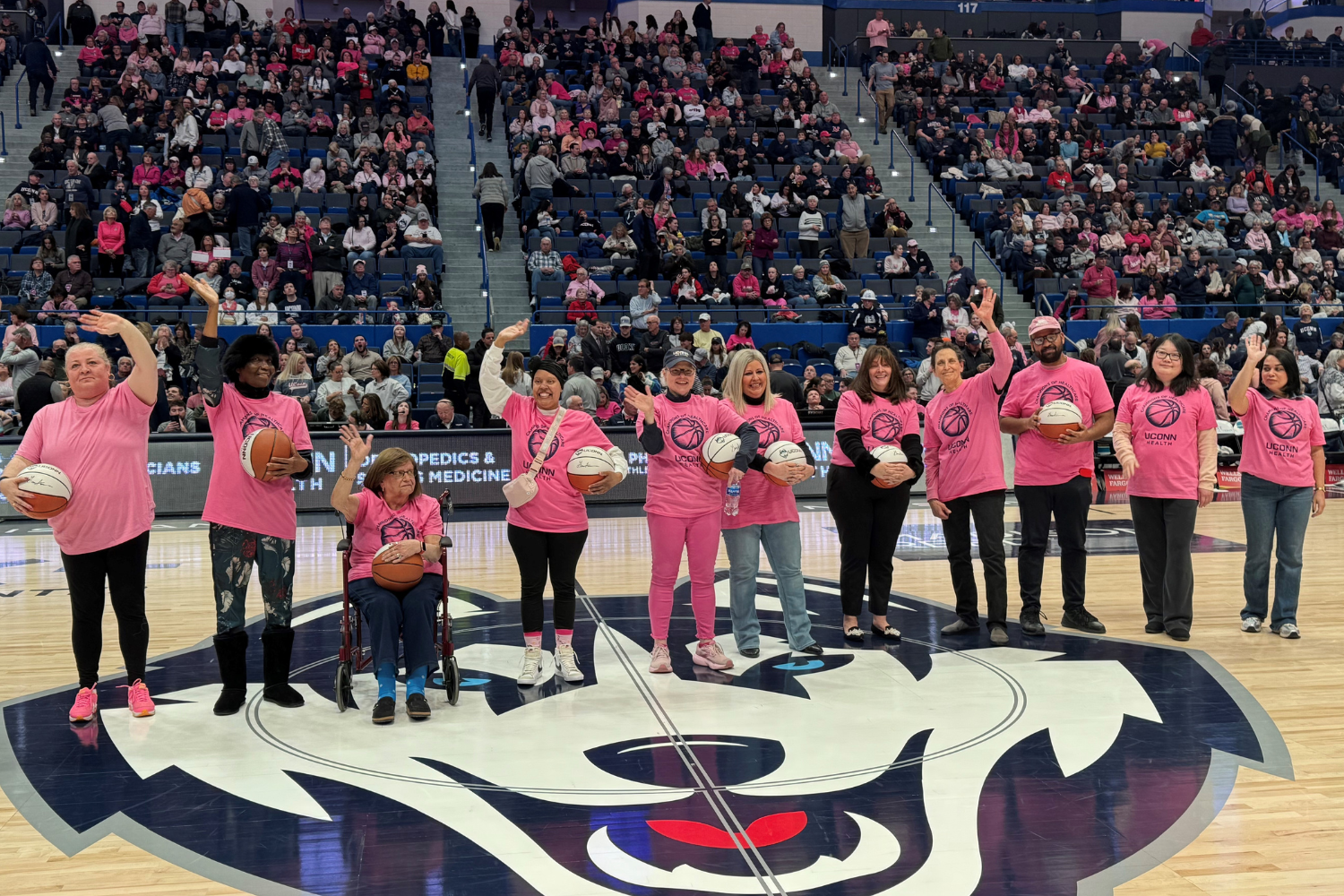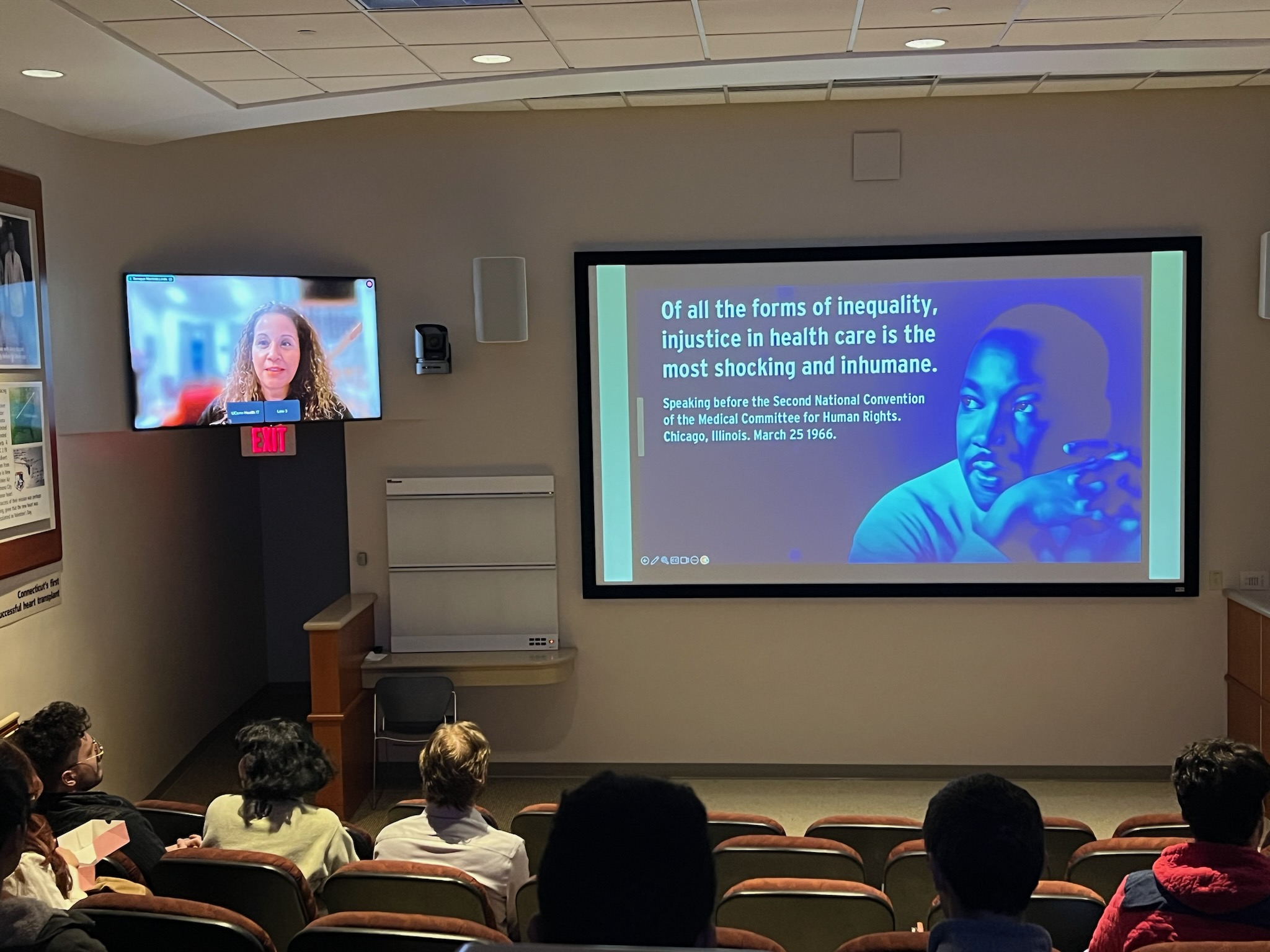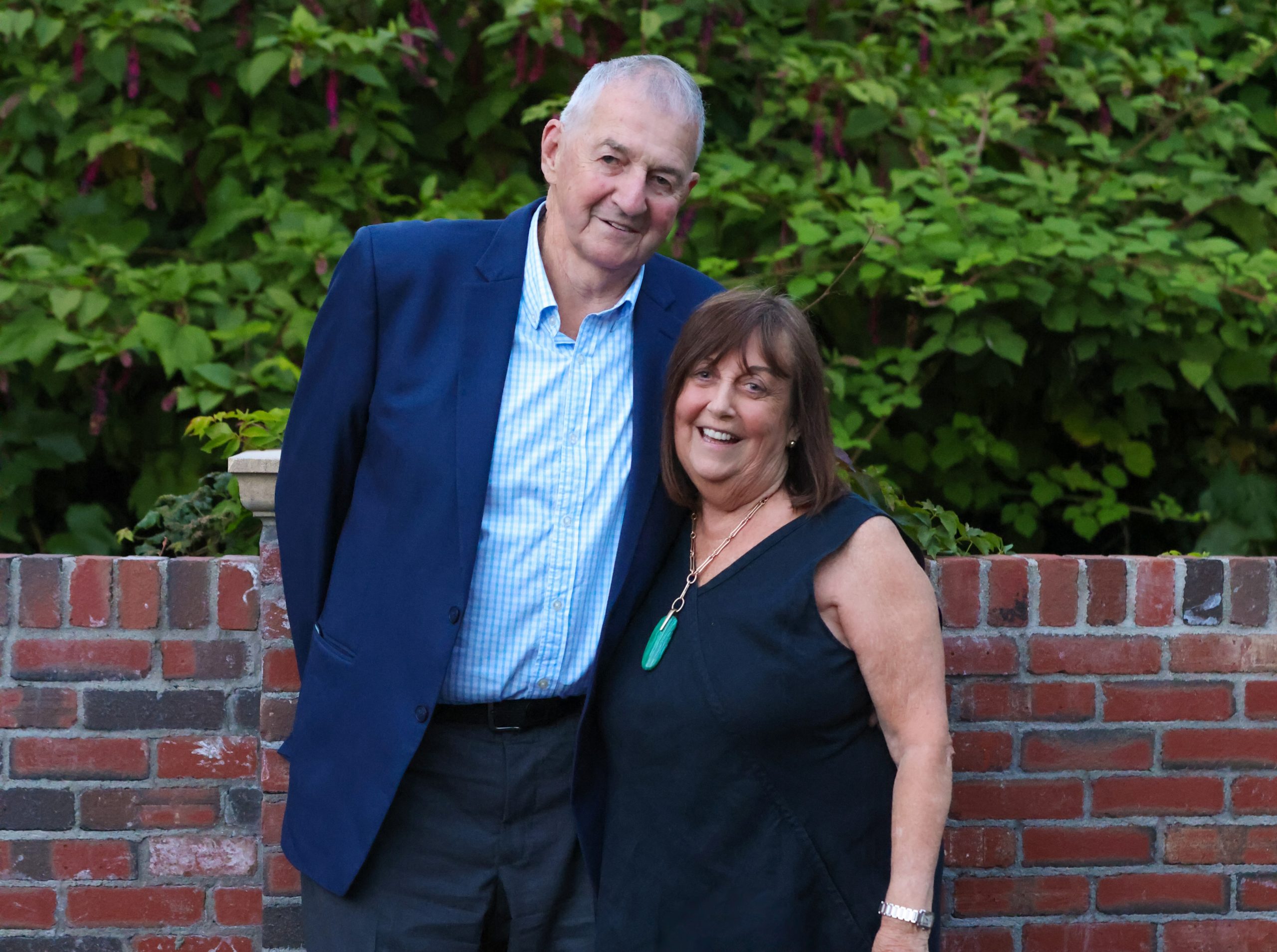Stroke deprives the brain of oxygen and energy, causing a cascade of spreading cell death. Blocking a specific receptor could contain the damage, researchers from UConn Health and the National Institutes of Health (NIH) report on Sept. 23 in the Journal of Medicinal Chemistry.
A stroke occurs when a blood vessel in the brain is either ruptured or clogged. The loss of blood flow deprives part of the brain of oxygen, and cells begin to die within minutes. Every 40 seconds someone in the US has a stroke, according to the Centers for Disease Control and Prevention. That’s more than 795,000 people every year. More than half of the survivors will have permanent difficulties walking, talking and caring for themselves.

The faster someone suffering from a stroke gets medical help, the more likely they are to avoid serious lasting disability. Restoring blood flow to the brain as fast as possible to avoid cell death is critical.
But other factors besides blood flow can also contribute to cell death in brain during a stroke. For example, brain cells store lots of energy in the form of the molecule ATP. When a brain cell dies, it releases all of its stored ATP. The spilled ATP triggers a receptor called P2X4 on neighboring brain cells. If the P2X4 receptor is overstimulated, it can trigger a rush of calcium ions that can activate cell death enzymes and set off a destructive cycle of brain damage.
UConn School of Medicine cardiologist Bruce Liang and neuroscientist Rajkumar Verma collaborated with Ken Jacobson, a medicinal chemist at the NIH’s National Institute of Diabetes and Digestive and Kidney Diseases (NIDDK), to discover new P2X4 receptor blockers. The NIH and UConn team tested many different compounds in cells to see if any could potentially inhibit, or block, the P2X4 receptor. Liang and Verma then tested the two most promising compounds in mice. They found that one of the compounds, MRS4719, was very effective in reducing cell death in mice after stroke—and the mice treated with MRS4719 showed fewer memory deficits after the stroke, suggesting that saving their brain cells was reducing their disability.
The researchers then tested MRS4719 in human cells to find out if the blocker works the same way in them as it did in mice.
“The inhibitor does block the receptors and prevents calcium influx. The data suggest it will work in humans,” Verma says, although the compound must still go through toxicity and other regulatory studies before it can be tested in people.
“There are only a few experimental drug treatments for stroke that impede spreading tissue damage during the critical early phase of stroke, but none of these are yet available in the clinic. If P2X4 receptor antagonists continue to show promise in animal models, and if benefit and safety can be demonstrated in higher species, this approach could be suitable for clinical development,” Jacobson says.
“I am very appreciative of this cross-disciplinary collaboration with Dr. Jacobson and his team, which has been ongoing for 25 years. Our work shows the potential promise for an entirely different medical therapy for patients with ischemic stroke,” says Liang, cardiovascular physician-scientist, dean of UConn School of Medicine, and the Ray Neag Distinguished Professor of Cardiovascular Biology and Medicine.
The research reported in this release was supported by the NIDDK’s Intramural Research Program of the National Institutes of Health under grant ZIADK31127, the NIH National Heart, Lung, and Blood Institute under grants HL048225 and HL156322, the American Heart Association under grant 18CDA34110011, and the NIH National Institute of Neurological Disorders and Stroke under grant R01NS125405-01A1.



